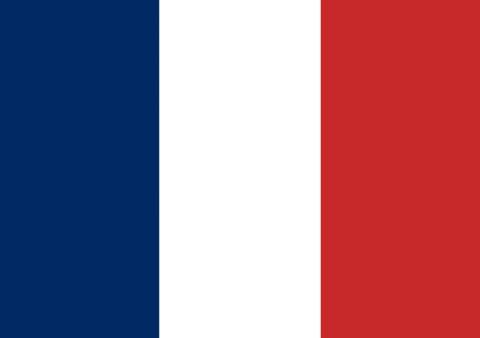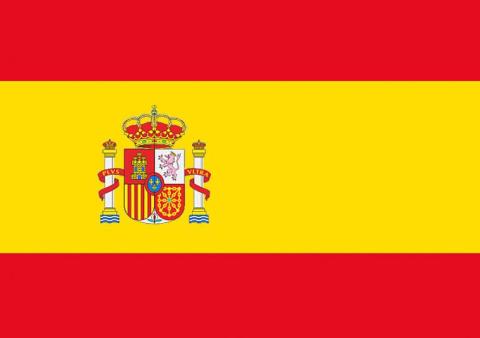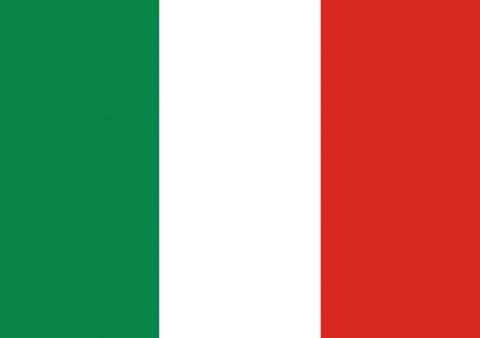Lubricants
Quench medium
Water-miscible quench media can be run on any water. Certain water qualities are not necessary for quenching effect. However, water with high water hardness, high chloride and sulphate content has unfavorable effects as they accumulate during long-term operation of the plant.
A high water hardness brings in large amounts of salt in the solution, which can leave deposits on parts and containers. A high chloride and sulphate content has a negative effect on the corrosion protection.
Water can contain microbes. This permanent contamination with microorganisms can damage the solution. The mixing water should have drinking water quality (maximum germ count according to the Drinking Water Ordinance: 100 CFU / ml (CFU = colony-forming units)), pathogens must not be present.
De-ionized water, e.g., ion exchange water, is also not germ-free and is often even more contaminated than drinking water.
If drinking water is supplied for mixing or post-dosing via pipe or hose lines, the formation of biofilms, which can lead to contamination, must also be expected within the piping systems. Therefore, the "stale" water should be drained beforehand.
Measure parameters:
pH
Conductivity
Bacteria
Fungizid
Hardness 15°dH
Chloride <30mg/l
Nitrat <50mg/l
Concentration
Refractometer
Cooling water
pH
Conductivity
Bacteria
Fungizid
Hardness °dH
Molbydän content (anticorrosive)
Iron content
Cupper content
Oil content
Determination of the proportion of water-mixed cooling lubricants that can be separated with hydrochloric acid:
100 ml of cooling lubricant emulsion are added to the tester. After addition of concentrated hydrochloric acid, the phase separation is awaited. Subsequently, the volume of the deposited oil-containing phase is measured.
Degree of corrosion
2 g of gray castings are wetted on a round filter with the freshly prepared mixture. Exposed for 2 hours in a Petri dish to room temperature and then visually assessed the round filter for corrosion marks.
On the inserted into the Petri dish round filter 2 g castings are given evenly. The chips are wetted with 2 ml of sample. Subsequently, the lid of the Petri dish is placed. The prepared Petri dishes are exposed to a temperature of 18 to 28 C for 2 hours. Thereafter, the chips are removed, the round filter under running drinking water (moderate jet) rinsed, swirled in acetone for about 5 seconds and dried at room temperature 18 to 28 C. Then round filter is compared with the table in the standard and evaluated.








